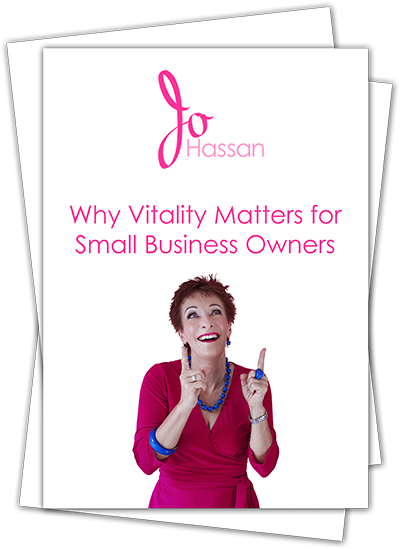 We all want great service with every business encounter these days. Sometimes our expectations are met with no further thought or need for comment, sometimes we are disappointed and sometimes we are so happy we are “blown away”.
We all want great service with every business encounter these days. Sometimes our expectations are met with no further thought or need for comment, sometimes we are disappointed and sometimes we are so happy we are “blown away”.
At play are the expectations of the customer and the degree of employee engagement. If both are low then the chances are the encounter will be “ho hum” or unremarkable. With such ordinariness or blandness the customer may or may not share their experience; it probably just depends on who is the next person they speak with and how long the time delay is.
If employee engagement and customer expectations are both high then we could use some of the same words but to be a bit more positive we’ll say the customer is “happy”, everything was “as expected” and again, the likelihood of them sharing their experience will depend on how long before and who the next person they encounter is.
Sharing occurs at the extremes of the customer being really unhappy or really happy.
If the customer is disappointed then sharing may well be part of their coping process and this isn’t good for business. At least not initially. If the first person the customer tells is the business itself then it may in fact be a huge opportunity for improvement, including adjusting systems. If there is no improvement and the issue is systemic then the business will not survive.
The customer will have a “wow!” or “blown away” experience if their expectations are not high to begin with but the engagement of the team member is high and I experienced this a few days ago.
I recently attended a gathering in honour of my 30 year friend Nicole’s son Ben who was visiting from Canada. Ben had arranged his trip home as a surprise for Mother’s Day.
Nicole’s favourite drink is Croser sparkling wine and I wanted to take a bottle to her. I’d never actually been to the drive-through bottle shop at my nearest pub The Stafford Tavern despite living in the suburb for 28 years, but on a Saturday morning I thought it may be easier than going somewhere with more shops and crowds.
I rang up to see if they had Croser in stock, which they did, and as an afterthought asked if they had any that was cold.
John said that they didn’t but offered to start chilling a bottle for me. I thought that was a terrific gesture but wondered how cold it would get in 10 minutes given that I then had a 25 minute drive when it would warm up again.
When I got to the bottle shop, John went to the ice freezer and collected a bottle of Croser in a homemade ice bucket which was so full of ice it would hardly take another cube. I looked at the arrangement with intrigue thinking “gosh when we get the bottle out, ice is going to go all over the counter”. John must have noticed my perplexed look because he said “That’s for you – you take the whole bucket”. I was staggered and said with a big smile “Wow – do you normally do this?”
He said it wasn’t normal practice for everyone working there but he likes to be “of service” so he rang the kitchen for the pub restaurant to see if they had any spare buckets (from food suppliers), which they did. It was perfectly clean and had already had the label removed.
More than this, when I went to put it in my car boot, John grabbed a box for me to steady it so it didn’t fall over! It was a completely stunning act of customer service and I have contacted the pub to let them know.
When I arrived at the party I carried the bottle in the bucket in the box so everyone could see and be as amazed as I was. I wanted to share.
Nicole’s husband Pete was especially pleased because he had been tasked with buying an extra bag of ice for an esky, hadn’t got to do that yet and now he didn’t have to!
Great as this all seems, just like the negative experience, it’s not necessarily all good for business long term! In a 2015 study “The effect of exceeding expectations on future service encounters in B2B relationships” Karen Stanton from Southern Cross University stated the “Failure of business owners and managers to understand the consequences of above-expectation delivery has the potential to result in the development of customer-service strategies that are inefficient and ineffective.”
For today though I’ll go with what Sir Richard Branson said: “The key is to set realistic customer expectations and then not to just meet them but exceed them preferably in unexpected and helpful ways.”


Leave A Comment